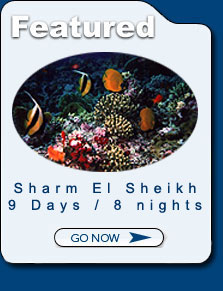|
Home :: Reservations |
|
|
| |||
|
 |
|||||||||
|
|||||||||
|
|||||||||
|
| |||||||||||||||||||||||||||||
| |||||||||||||||||||||||||||||
|
|
||||||||||||||||||||||||||||
|
|
|
Copyright Perfect Tours, 2007. All rights reserved. |
| Site By Alpha Technologies |